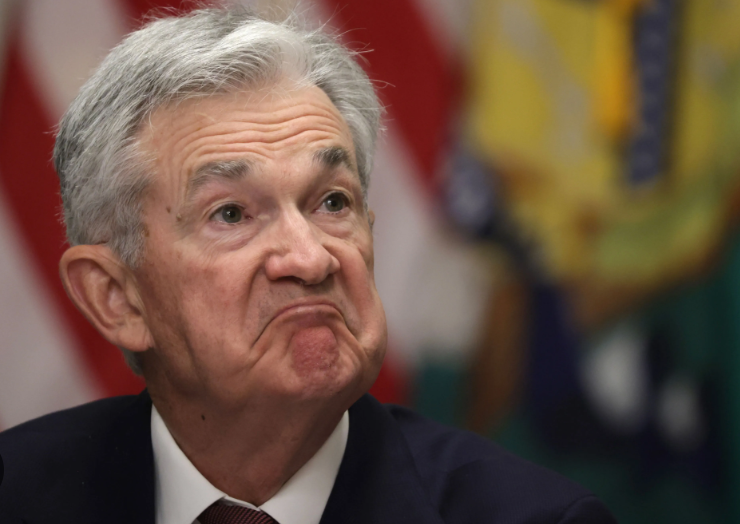$SPY $BTC $XLF
#FederalReserve #interestrates #stockmarket #ratecut #crypto #economy #investing #inflation #USD #centralbank #finance #markets
The Federal Reserve has acted in favor of more accommodative monetary policy by announcing a 0.25% reduction in interest rates, marking its second straight cut this year. The decision comes amid growing concerns over slowing global economic growth and increasing uncertainty in trade relationships, particularly between the U.S. and China. The aim of this rate cut appears to be to help sustain the economic expansion, now in its longest stretch in history, while also maintaining momentum in sectors such as housing and consumer spending that respond sensitively to lower borrowing costs.
This reduction, however, signals a more cautious approach by the Fed. While the central bank aims to support continued growth, low inflation levels — still below the bank’s 2% target — have allowed them more room to maneuver without the fear of overheating. Financial analysts are closely watching how these cuts will stimulate spending and investment, especially considering that bond yields have remained low, indicating continued investor cautiousness. With the latest cut, borrowing costs are cheaper for both businesses and consumers, which can potentially boost corporate earnings in interest-sensitive sectors such as financial services, housing, and utilities. Equities in the financial sector, such as $XLF, may see some volatility as lower rates can compress bank profits, particularly in lending activities.
Furthermore, the stock and cryptocurrency markets have already begun reacting to the news. The S&P 500 ($SPY) moved mildly in response to the cut, showing that investors had largely priced in the rate reduction beforehand. Meanwhile, the cryptocurrency market also responded positively, particularly Bitcoin ($BTC), which has been increasingly viewed by some as a hedge against traditional financial systems. Bitcoin’s decentralized nature may offer an alternative to fiat currencies and central bank decisions, such as rate cuts that can dilute the value of the U.S. dollar. Both asset classes appear to be navigating a landscape of uncertainty and lower yields alike, driving some investors toward perceived safe-haven assets.
Despite the intended economic stimulus, there remain questions about how far the Fed will go in easing its policy further. Some economists argue that the aggressive easing earlier in past economic cycles has mostly depleted the Fed’s ability to act robustly during potential future recessions. Critics of the current easing approach also argue that cutting interest rates could potentially inflate asset bubbles or encourage excessive corporate debt accumulation. On the other hand, strong labor markets, rising wages, and healthy consumer spending are viewed as stabilizing forces that may balance the risks of rate cuts. As a result, the focus among traders and policymakers will now shift toward data on economic growth and inflation to determine whether further cuts will be necessary later this year.










Comments are closed.